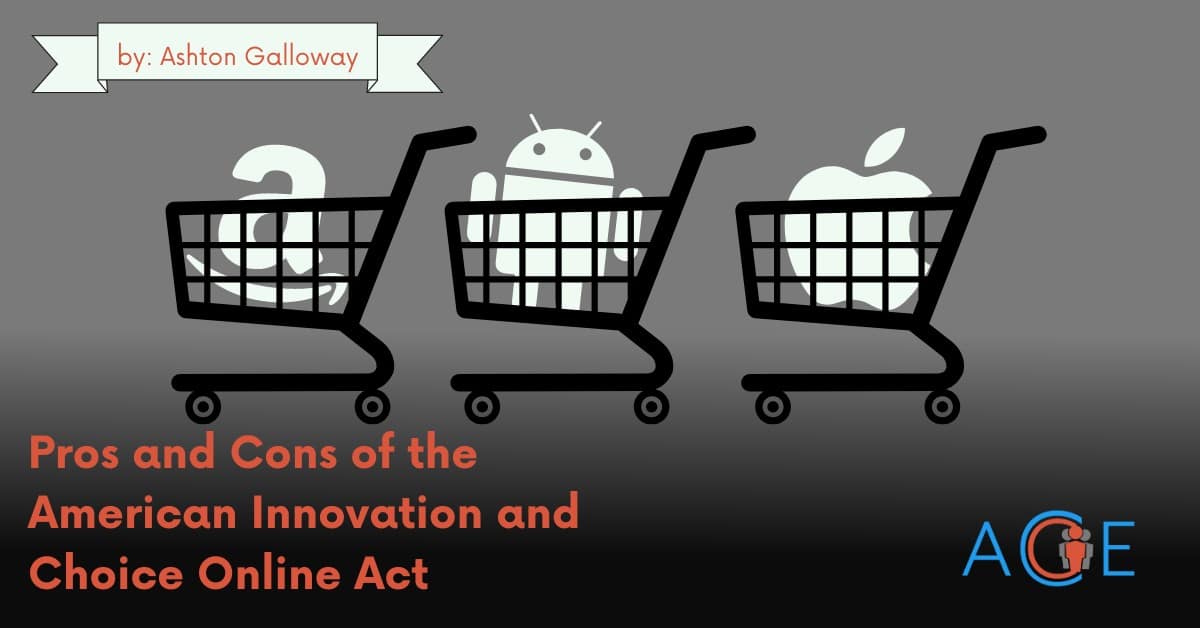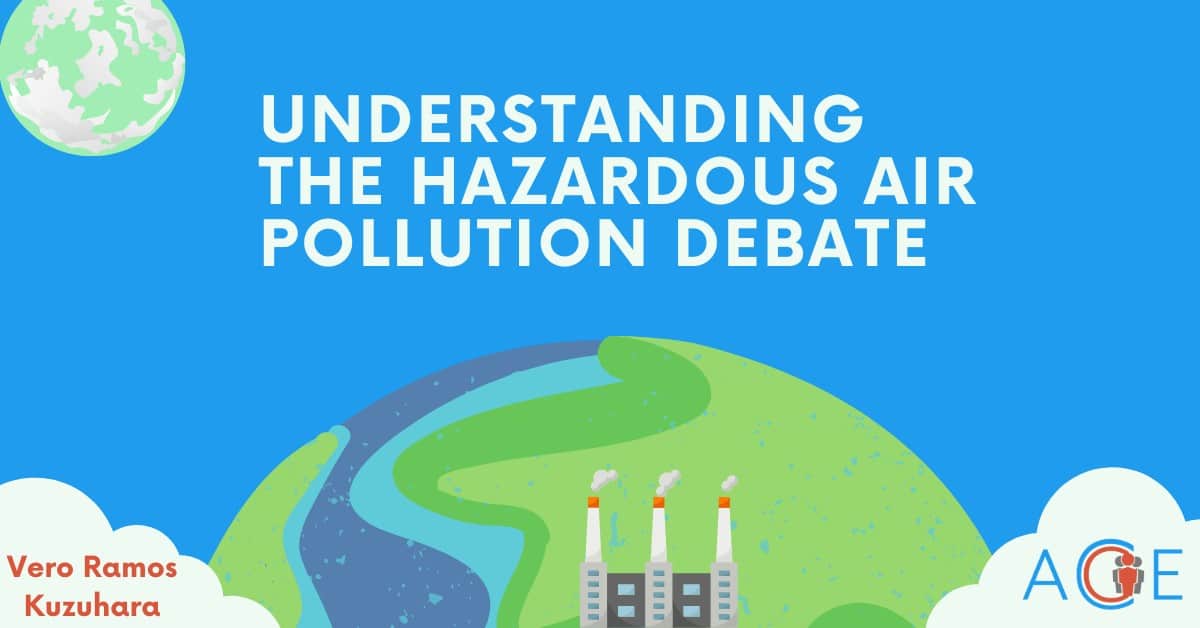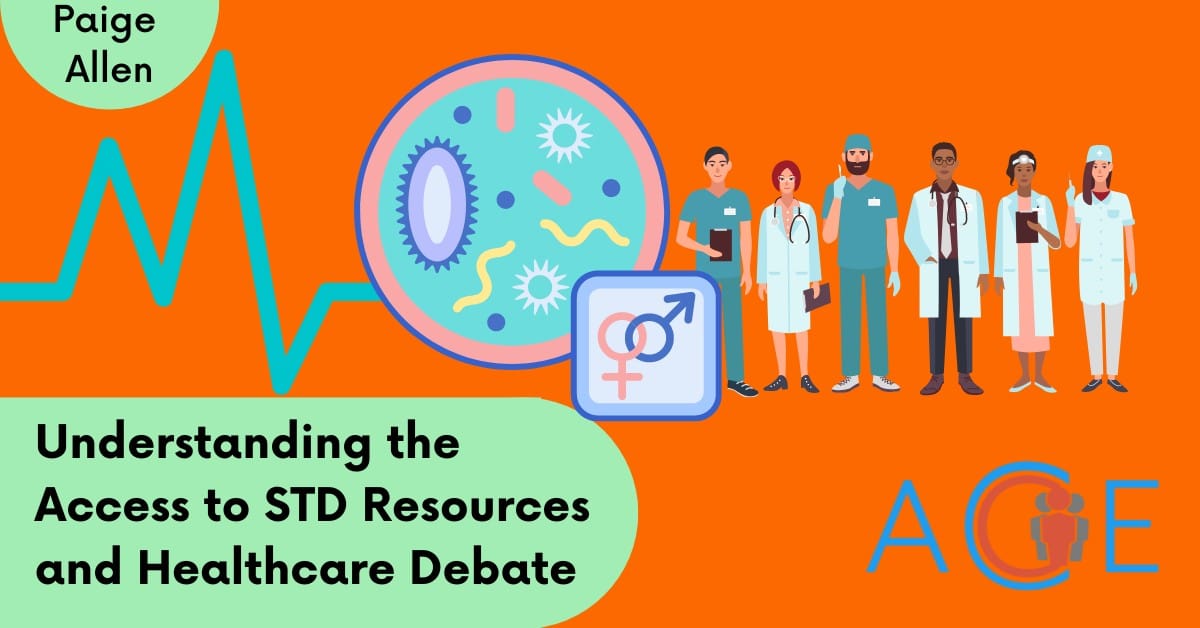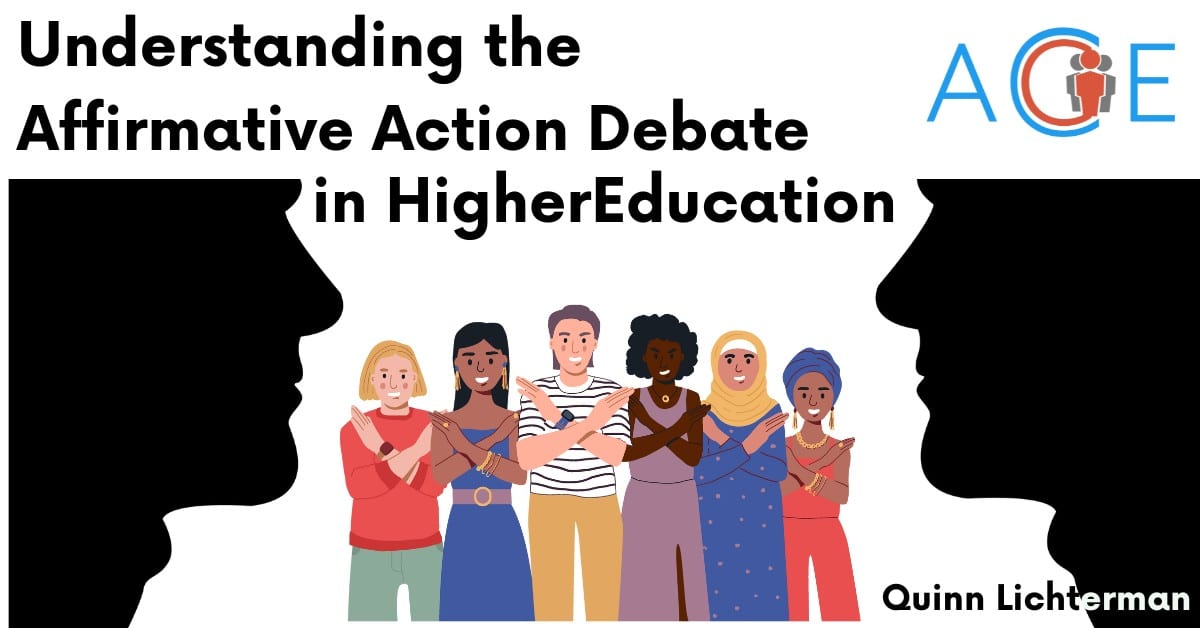The Arctic Region
The Arctic is the northernmost region of the Earth, centered on the North Pole. Most scientists define the Arctic as the area within the Arctic Circle, a line of latitude approximately 66.5° north of the Equator. The Arctic is home to more than 4 million people, including indigenous people such as the Saami, Aleut, and Yupik. The harsh climate and sparse population of the Arctic limited economic development until the impacts of climate change began to transform the environment. The effects of climate change in the Arctic are sobering. Scientists estimate the Arctic region is warming 4 times faster than the lower latitudes. The Arctic Report Card from the National Oceanic and Atmospheric Administration warns that climate change is transforming the Arctic dramatically.
Climate Change Makes Critical Resource Extraction Possible
As the permafrost of the Arctic region softens and the ice that normally covers the Arctic sea melts, it has become more feasible to access the resources of the Arctic. Currently, oil, natural gas, and coal are being extracted in the Arctic. The Arctic States are all signatories to the Paris Agreement, which seeks to reduce greenhouse gas emissions. To achieve the goals of the Paris Agreement, governments are supporting efforts to transition from fossil fuels to renewable energy sources. Renewable energy technologies run on critical minerals. The US Geological Survey has listed 50 critical minerals necessary to the renewable energy, technology, medical, and defense sectors.
Minerals include lithium and manganese, used in electric batteries, and tellurium, used in solar panels. The International Energy Agency projects that critical mineral demand will rise 6 times the current level by 2040. Many critical minerals are located in the Arctic. Although Arctic resources have many potential benefits, resource extraction in the Arctic can pose threats to indigenous people and the environment, disrupting cultures and ecosystems. The United Nations is working to mitigate those threats with an initiative called Protection of the Arctic Marine Environment by limiting marine litter and encouraging sustainable tourism and economic development in the region.
The American Arctic
The state of Alaska is located in the Arctic, and geologists believe Alaska has deposits of 49 critical minerals. The Biden Administration published the National Strategy for the Arctic Region, which focuses on security, critical resources, climate, and society in the American Arctic. On March 13, 2023, President Biden authorized Conoco-Philips to drill for oil on land leased from the Federal Government. The Willow Project, located on the North Slope of Alaska, drew attention from Americans concerned about the environmental consequences of oil and gas extraction in Alaska. More than 5 million people signed a petition circulated by change.org to urge President Biden to halt the project. Senator Lisa Murkowski of Alaska defended the project, and cited its potential for creating jobs for Native Alaskans.
The Canadian Arctic
Nearly 40% of Canada’s territory is in the Arctic. The Canadian Arctic is rich in natural resources, including critical minerals and vast uranium deposits which can help increase nuclear energy to replace electricity generated by fossil fuels. The Canadian government produced a comprehensive critical mineral strategy and provided funding to support critical minerals projects. Together with its allies, Canada is committed to meeting the goals of the Paris Agreement and to mining the Arctic sustainably.
The European Arctic
The European Arctic States, along with the European Union, are planning to increase mining, shipping, and fishing activity in the Arctic to meet their climate and security goals. It is estimated that Greenland has 25% of the global reserves of critical minerals. In January 2023, LKAB, a Swedish mining company, announced it had discovered Europe’s largest deposit of critical minerals in Kiruna, Sweden. The European Union proposed the Critical Raw Materials Act to expedite critical minerals mining. Increased mining activity in the European Arctic has been criticized by the Saami, an indigenous population in the region, who fear it will disrupt their way of life. The University of Queensland in Australia developed an online tool to respond to these concerns and gather input on Arctic resource extraction from indigenous people, community leaders, scholars, and industry practitioners.
The United States and Allies Share Values and Goals in the Arctic
New European Union Regulatory regimes like the Just Transition Fund, EU and the Critical Raw Materials Act help protect the environment and indigenous communities in the Arctic. Josep Borell, the High Representative of the Union for Foreign Affairs and Security Policy, the European Union’s counterpart to the Secretary of State of the United States, stated, “The impact of climate change, security issues, and rivalries are growing in the Arctic regions. So is the need for cooperation and multilateral agreements.” Similarly, the US Arctic Strategy emphasizes the need to uphold international law and norms in the Arctic. The United States’ security framework in the Arctic helps the European Union and NATO achieve security in the region. Finally, the EU-Canada recent agreement on securing critical mineral supply chains supports developing critical raw material projects in Canada and the EU. It aligns European and Canadian financial support for critical mineral projects to leverage and de-risk private investments. Although some citizens have objected to resource extraction in the Arctic, the United States and its allies are partnering with private industry to speed extraction of rare earth elements, minimize environmental impact, and protect indigenous citizens. The growing importance of the Arctic is an example of how climate change is impacting foreign policy and necessitating closer cooperation between the United States, Canada, and the European Union to reduce harm to the region caused by climate change and increased activity.









